ORGANIC NETTLE LEAF POWDER
Description
About Product
Stinging nettle (Urtica dioica and the closely related Urtica urens) has a long medicinal history. In medieval Europe, it was used as a diuretic (to rid the body of excess water) and to treat joint pain.
Stinging nettle has fine hairs on the leaves and stems that contain irritating chemicals, which are released when the plant comes in contact with the skin. The hairs, or spines, of the stinging nettle are normally very painful to the touch. When they come into contact with a painful area of the body, however, they can actually decrease the original pain. Scientists think nettle does this by reducing levels of inflammatory chemicals in the body, and by interfering with the way the body transmits pain signals.
General Uses
Stinging nettle has been used for hundreds of years to treat painful muscles and joints, eczema, arthritis, gout, and anemia. Today, many people use it to treat urinary problems during the early stages of an enlarged prostate (called benign prostatic hyperplasia or BPH). It is also used for urinary tract infections, hay fever (allergic rhinitis), or in compresses or creams for treating joint pain, sprains and strains, tendonitis, and insect bites.
Benign Prostatic Hyperplasia (BPH)
Stinging nettle root is used widely in Europe to treat BPH. Studies in people suggest that stinging nettle, in combination with other herbs (especially saw palmetto), may be effective at relieving symptoms such as reduced urinary flow, incomplete emptying of the bladder, post urination dripping, and the constant urge to urinate. These symptoms are caused by the enlarged prostate gland pressing on the urethra (the tube that empties urine from the bladder). Some studies suggest that stinging nettle is comparable to finasteride (a medication commonly prescribed for BPH) in slowing the growth of certain prostate cells. However, unlike finasteride, the herb does not decrease prostate size. Scientists aren’t sure why nettle root reduces symptoms. It may be because it contains chemicals that affect hormones (including testosterone and estrogen), or because it acts directly on prostate cells. It is important to work with a doctor to treat BPH, and to make sure you have a proper diagnosis to rule out prostate cancer.
Osteoarthritis
The leaves and stems of nettle have been used historically to treat arthritis and relieve sore muscles. While studies have been small, they suggest that some people find relief from joint pain by applying nettle leaf topically to the painful area. Other studies show that taking an oral extract of stinging nettle, along with nonsteroidal anti-inflammatory drugs (NSAIDs), helps people reduce their NSAID dose.
Hay fever
One preliminary human study suggested that nettle capsules helped reduce sneezing and itching in people with hay fever. In another study, 57% of patients rated nettles as effective in relieving allergies, and 48% said that nettles were more effective than allergy medications they had used previously. Researchers think that may be due to nettle’s ability to reduce the amount of histamine the body produces in response to an allergen. More studies are needed to confirm nettle’s antihistamine properties. Some doctors recommend taking a freeze-dried preparation of stinging nettle well before hay fever season starts.
Other
Preliminary animal studies indicate that nettle may lower blood sugar and blood pressure. However, more research is needed to determine whether this is also true in humans.
Plant Description
Stinging nettle is the name given to common nettle, garden nettle, and hybrids of these plants. Originally from the colder regions of northern Europe and Asia, this herbaceous shrub grows all over the world today. Stinging nettle grows well in nitrogen-rich soil, blooms between June and September, and usually reaches 2 to 4 feet high.
Stems are upright and rigid. Leaves are heart shaped, finely toothed, and tapered at the ends, and flowers are yellow or pink. The entire plant is covered with tiny stiff hairs, mostly on the underside of the leaves and stem, that release stinging chemicals when touched.
What’s It Made Of ?
Stinging nettle products are usually made from the leaves and stems, and sometimes the roots. Root preparations are used to relieve symptoms of BPH.
Available Forms
Stinging nettle is available as dried leaf, freeze-dried leaf, extract, capsules, tablets, and as root tincture (a solution of the herb in alcohol), juice, or tea. It also comes in the form of an ointment or cream that can be applied to the skin. The root appears to have different pharmacological effects than the leaves.
How to Take It
Pediatric
Although stinging nettle is available in many combination formulas to treat colds, asthma, and allergies in children, a specific safe and effective dose for children has not yet been established. Talk to your doctor before giving stinging nettle to a child, so the doctor can determine the proper dose.
Adult
Stinging nettle is used in many forms, including as teas, tinctures, fluid extracts, and cream
How to Maintain Optimum Freshness
- This product is packaged in airtight stand-up, resealable foil pouches for optimum freshness.
- Once opened, push the air out of the pouch before resealing it to preserve maximum potency.
- Keep your powder in a cool, dark, dry place.
This product is 100% natural and minimally processed:
Taste, smell, texture, and color vary from batch to batch. Go here to learn why our products may naturally vary.
The important protections we take to bring you safe and nutritious superfoods:
Please go here to discover the essential steps we take to deliver fresh, quality nutrition.
Only logged in customers who have purchased this product may leave a review.

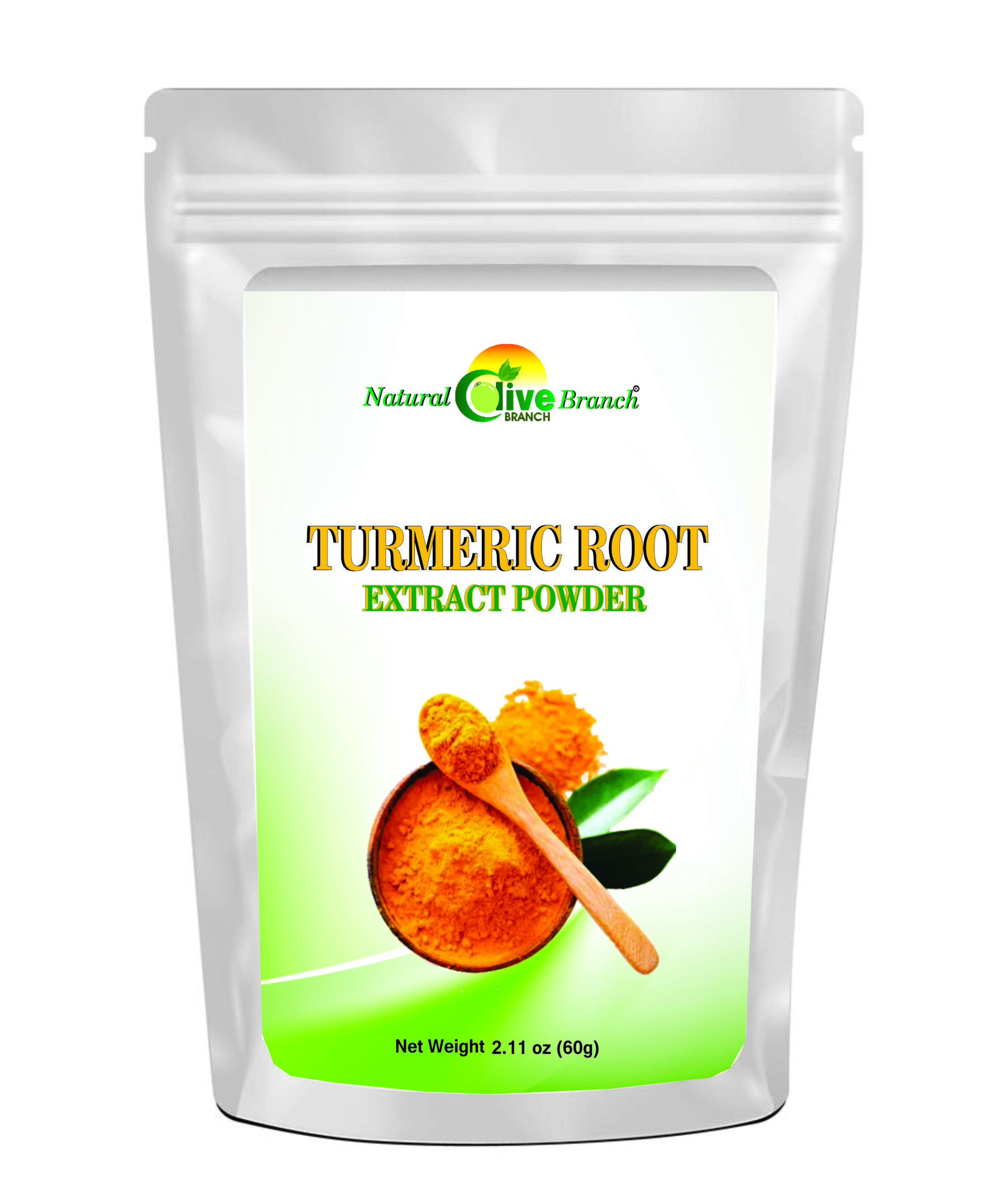

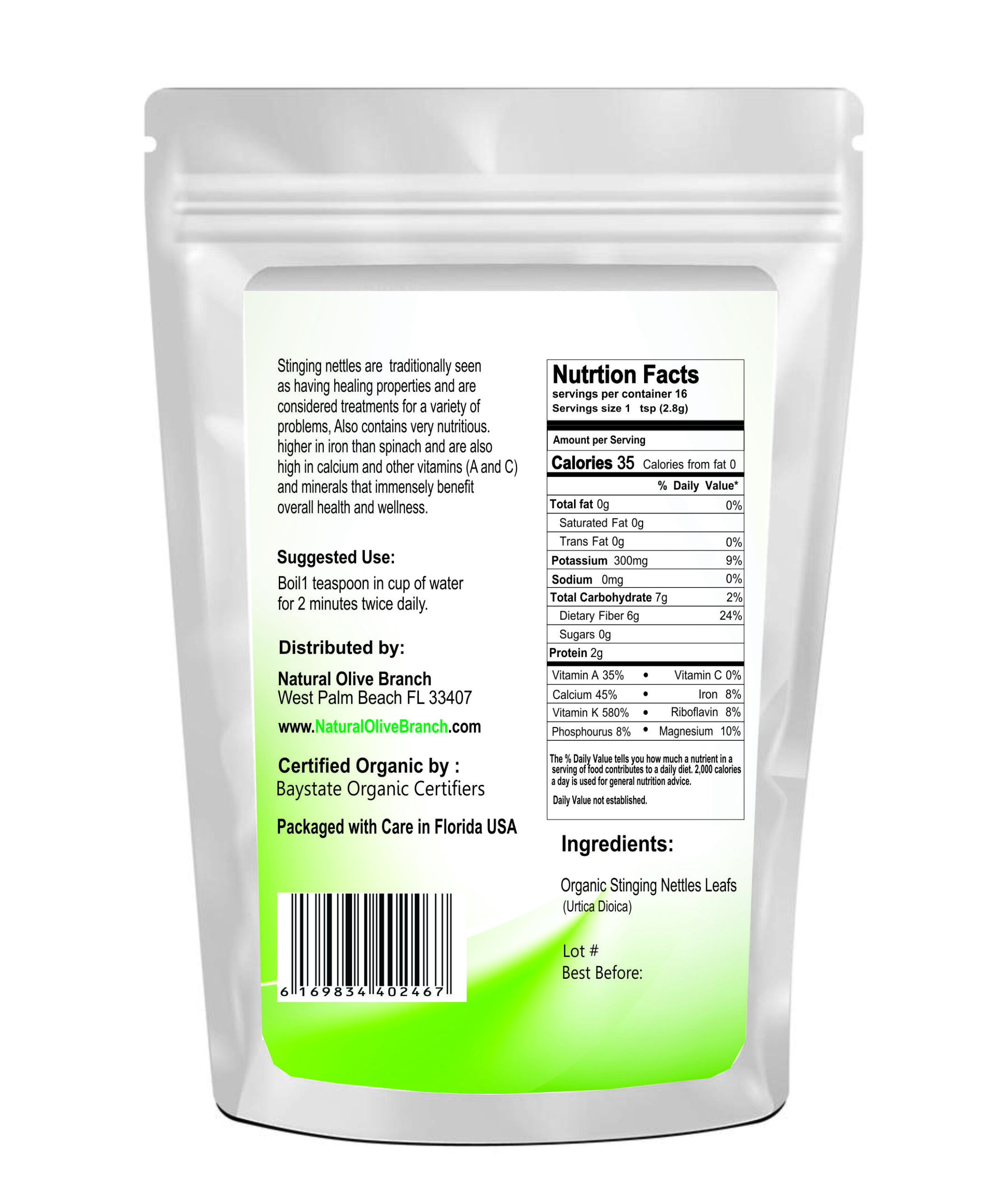
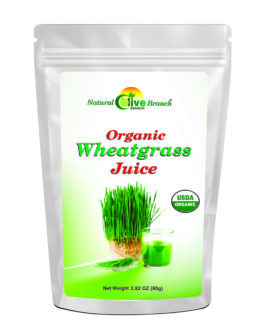
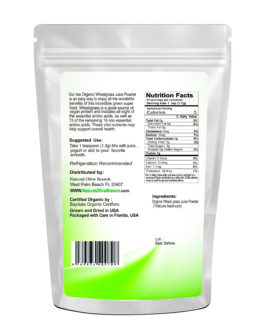


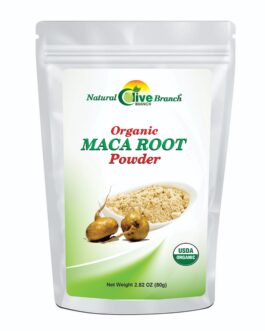
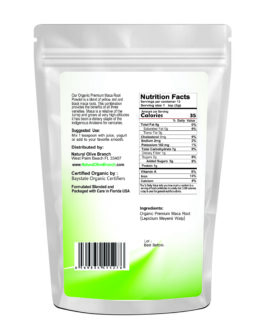
Reviews
There are no reviews yet.